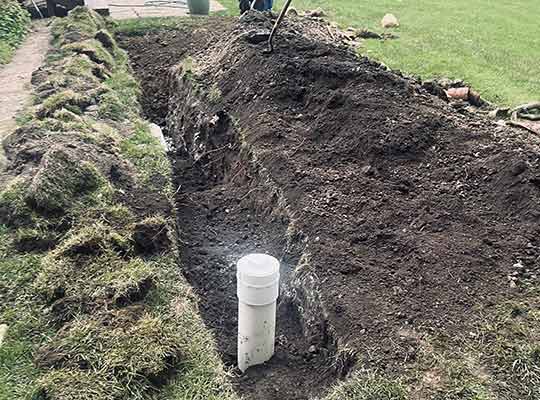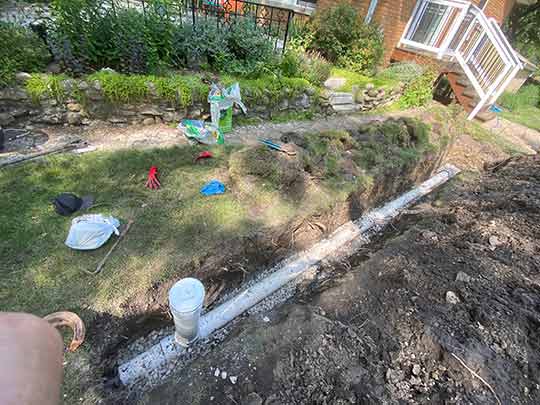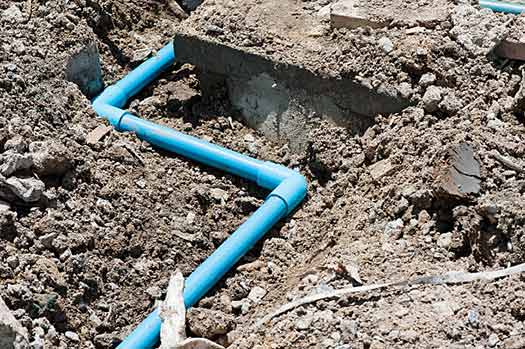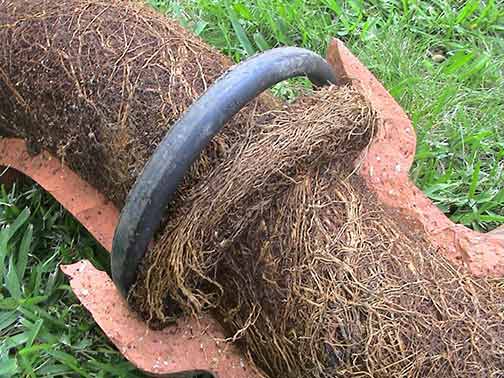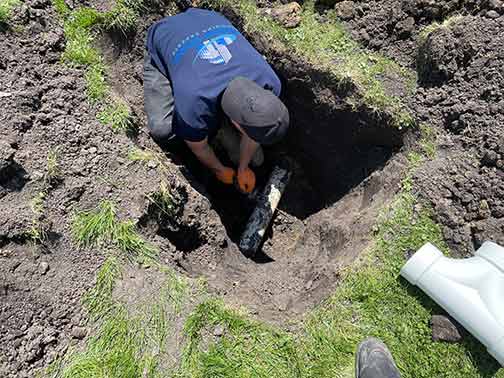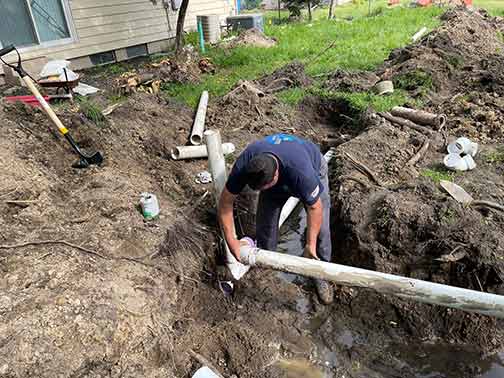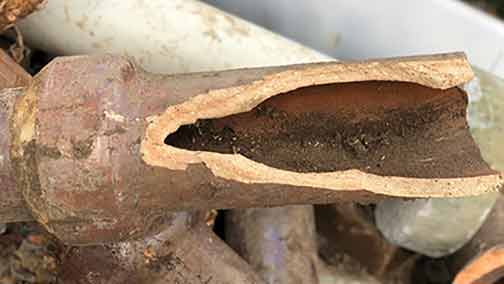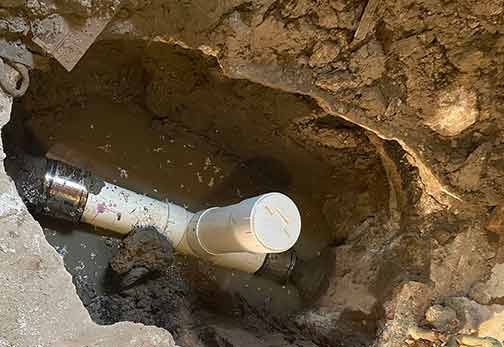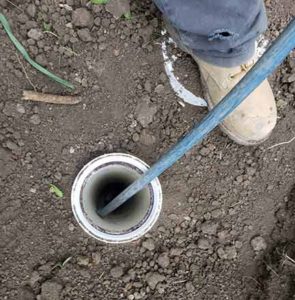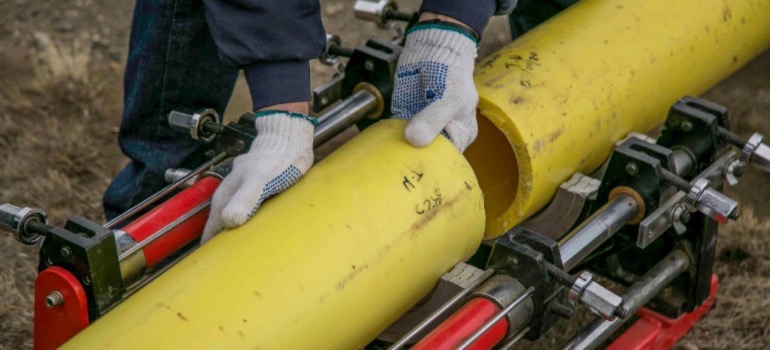
In every household, the plumbing system plays a vital role in maintaining a clean and functional living space. One of the critical components of this system is the sewer line. The sewer line serves as the passage for wastewater to leave your home and enter the public sewer system. However, like any other part of your plumbing, the sewer line is susceptible to damage and deterioration over time.
When issues arise with your sewer line, it is crucial to address them promptly to prevent further damage. Ignoring sewer line problems can lead to costly repairs and even health hazards. But how do you know when it’s the right time to call a plumber for sewer repair?
This article aims to guide homeowners in recognizing the warning signs of sewer line issues and determining when it is appropriate to contact a professional plumber. By understanding these signs and acting promptly, you can mitigate potential risks and save yourself from unnecessary expenses.
Slow Draining Fixtures
If you notice that multiple fixtures in your home, such as sinks, bathtubs, or toilets, are draining slowly, it could be an indication of a sewer line problem. Typically, a blockage or clog in the sewer line can cause water to drain slowly or back up into your fixtures. This issue may worsen over time, so it is advisable to call a plumber as soon as you notice this warning sign.
Foul Odors
Unpleasant odors emanating from your drains, particularly when you run water or flush the toilet, can be a clear indicator of a sewer line issue. The foul smell is often a result of gases escaping from the sewer line and entering your home through the drain system. If you experience persistent odors that do not dissipate with normal cleaning methods, it is crucial to have a plumber camera inspect your sewer line.
Frequent Clogs
While occasional clogs can happen in any household, frequent clogging in multiple drains or toilets is a cause for concern. This could be a sign of a more significant issue within your sewer line. It is essential to differentiate between localized clogs, which typically affect a single fixture, and widespread clogs that impact several drains throughout your home. If you find yourself repeatedly dealing with drain clogs, it is advisable to have a professional plumber hydro jet your sewer line first to determine if an actual repair is needed.
Water Backup
Water backup is a severe warning sign that should never be ignored. If you notice water backing up in your sinks, toilets, or other fixtures when you use the plumbing in your home, it indicates a significant blockage or damage in your sewer line. This issue requires immediate attention from a plumber to prevent further damage and potential flooding.
Pooled Water in the Yard
If you observe standing water or soggy areas in your yard, it could be an indication of a leaking or damaged sewer line. When a sewer line crack or break occurs underground, it allows wastewater to escape and pool in your yard. This not only poses a threat to your property but also increases the risk of contamination. It is crucial to contact a plumber to identify the exact location and cause of the problem and perform the necessary repairs.
Unexplained Increase in Water Bills
Another sign of a potential sewer line issue is a sudden and unexplained increase in your water bills. A hidden leak or a continuous flow of water caused by a damaged sewer line can result in excessive water usage and higher bills. If you receive a noticeably higher water bill without any change in your water consumption habits, it is advisable to consult a plumber to investigate possible sewer line problems.
Mold and Mildew Growth
Mold and mildew thrive in damp and moist environments. A leaking or damaged sewer line can create the perfect conditions for mold and mildew growth in your home. If you notice an increase in mold or mildew, particularly near your plumbing fixtures or in areas adjacent to your sewer line, it could indicate an underlying issue. Calling a plumber to assess your sewer line can help identify the source of the moisture and prevent further mold growth.
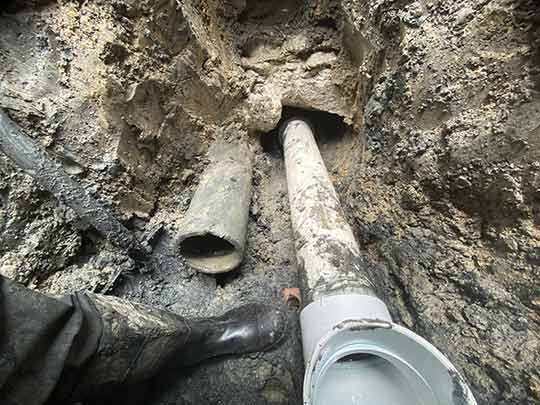
Professional plumbers adhere to safety standards and regulations, ensuring a reliable and long-lasting solution to your sewer line problems.
When to Call a Professional Plumber?
While some minor plumbing issues can be resolved with DIY methods, sewer line problems require the expertise of a professional plumber. If you experience any of the warning signs mentioned earlier, it is vital to contact a reputable plumbing service without delay. Attempting to fix sewer line issues without proper knowledge and equipment can worsen the problem and potentially cause extensive damage to your home.
By calling a professional plumber, you benefit from their experience, skills, and specialized tools. They can perform a thorough camera inspection of your sewer line, identify the root cause of the issue, and implement the necessary repairs or replacements. Additionally, professional plumbers adhere to safety standards and regulations, ensuring a reliable and long-lasting solution to your sewer line problems.
Remember that prevention is always better than cure. Regular maintenance and inspections of your plumbing system, including the sewer line, can help identify potential issues before they escalate into costly repairs. Contacting a plumber for professional drain cleaning services can keep your sewer line in optimal condition and prevent major problems in the future.
Conclusion
Recognizing the warning signs of sewer line problems is crucial for every homeowner. By paying attention to slow draining fixtures, foul odors, frequent clogs, water backup, pooled water in the yard, increased water bills, and mold growth, you can detect potential sewer line issues early on. Promptly contacting a professional plumber when these signs arise is essential to prevent further damage, unnecessary expenses, and potential health hazards.
When it comes to the proper timing to call a plumber for professional sewer line repair service, it is always better to err on the side of caution. Addressing sewer line issues promptly ensures the safety and functionality of your plumbing system while maintaining a clean and sanitary living environment for you and your family.
